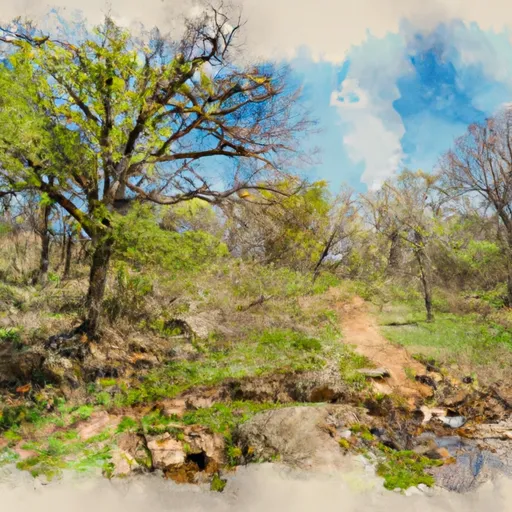°F
°F
mph
Windspeed
%
Humidity











Lumberton, Texas is a small city located in Hardin County, approximately 100 miles northeast of Houston. It experiences a humid subtropical climate with hot, humid summers and mild, relatively dry winters. Summers are characterized by temperatures averaging in the mid to high 90s°F (mid 30s°C), and winters typically see temperatures ranging from the mid-40s°F (7°C) to the mid-60s°F (18°C).
The region is known for its abundant hydrology constituents, as it is surrounded by several water bodies. The Big Thicket National Preserve, located near Lumberton, is home to a diverse range of aquatic ecosystems, including swamps, bayous, and rivers. Common hydrology constituents found in this area include cypress trees, water lilies, and a variety of fish species.
Outdoor enthusiasts visiting Lumberton can enjoy a range of recreational activities. The nearby Village Creek State Park offers opportunities for hiking, camping, fishing, and canoeing along the beautiful Village Creek. Additionally, the Big Thicket National Preserve provides extensive trails for hiking and birdwatching, allowing visitors to explore the unique natural beauty of the region.
Weather Forecast
Lumberton receives approximately 1467mm of rain per year, with humidity levels near 90% and air temperatures averaging around 20°C. Lumberton has a plant hardyness factor of 9, meaning plants and agriculture in this region tend to thrive here all year round.
Regional Streamflow Levels
267
Cubic Feet Per Second
36
Cubic Feet Per Second
158
Cubic Feet Per Second
121
Cubic Feet Per Second
Nearby Camping
| Camping Area | Reservations | Toilets | Showers |
|---|---|---|---|
| Campers Cove - Town Bluff Reservoir | |||
| Village Creek State Park | |||
| Ebenezer - Sam Rayburn Reservoir | |||
| Winnie - Stowell County Park | |||
| Bouton Lake | |||
| Sandy Creek - Town Bluff Reservoir |



